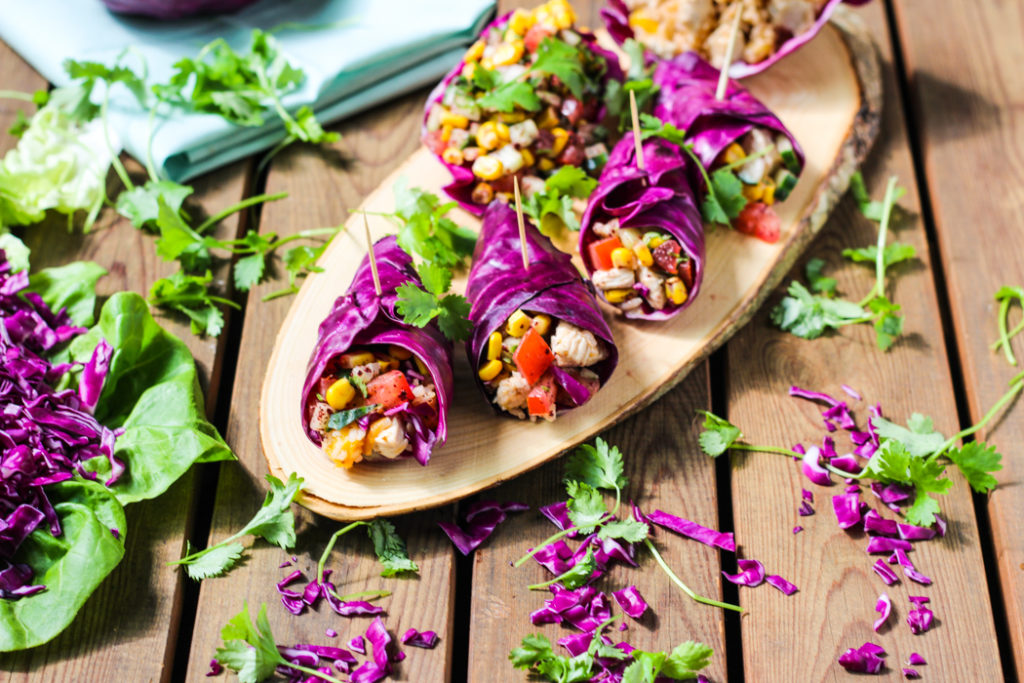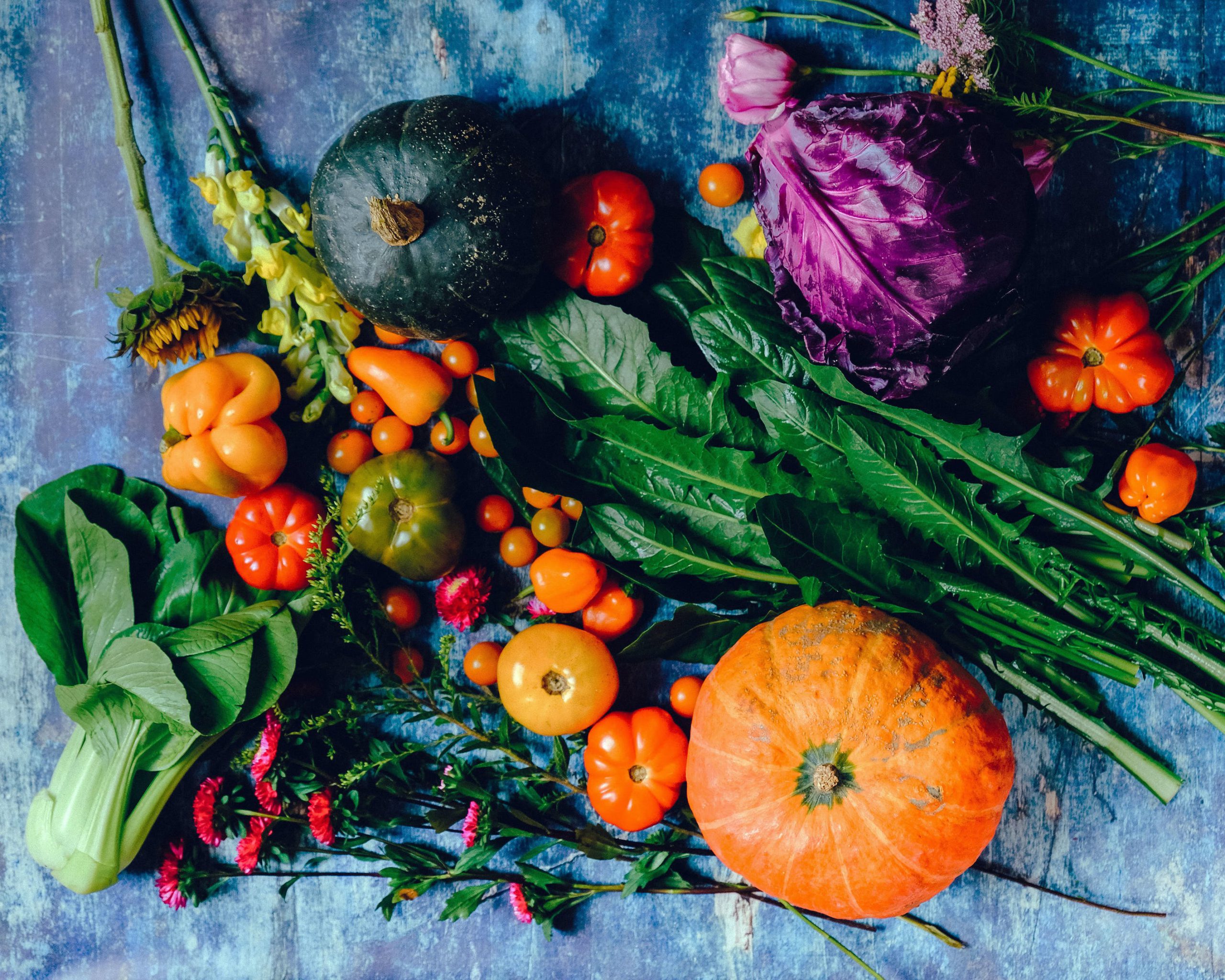There is nothing worse than being hungry between breakfast, lunch, and dinner. After indulging in cheese balls, pizza, and candy, we suffer from the 3 o’clock slump.
We all want to eat more veggies, but we have a hard time committing to it. Many of us do not get enough leafy greens through our daily diet. Besides being highly nutritious, they are also highly versatile and delicious.
Try these high-nutrition foods even if salad isn’t your thing. You will still be able to satisfy your appetite and boost your energy without sacrificing taste.
Learn how to choose the healthiest and tastiest leafy greens
It is best to avoid the grocery store altogether if you want the freshest and most nutritious leafy greens.
Choosing the freshest greens is essential for good nutrition and flavor. Usually, the greens you buy from local cultivators are collected the same day or even the day before.
By contrast, the conventional greens you buy at the grocery store were probably grown, picked, and shipped from thousands of miles away. Nutrient sources are no longer available after that point. When you store food for a long time, its flavor and nutritional content reduce.

Credits@Google
Vegetables are high in potassium, dietary fiber, folate (folic acid), vitamin A, and vitamin C, and they contain a variety of healthy nutrients. As vegetables are typically low in calories, fat, and sodium, they are even more essential to our bodies.
Vegetables are an excellent source of health benefits, yet most of us do not enjoy eating them. A diet lacking in vegetables may eventually lead to nutritional deficiencies and health problems. Constipation, cardiovascular and digestive problems, metabolic disorders, and many others are among them. When it comes to staying healthy, it is imperative to eat vegetables.
Take a look at these delicious and creative ways to eat more leafy greens other than salads.
Vegetables in Wraps:
Instead of using tortillas, use leafy greens to make your wrap. You’ll not only add valuable nutrition to your breakfast, but you’ll also reduce your carb consumption and give the wrap a tasty crunch.
Greens such as lettuce leaves, Swiss chard, collards, endive, and cabbage are excellent wrap ingredients. Fillings can be anything from deli meats and cheese to chicken, tuna, or egg salad.
A lettuce wrap filled with diced cucumber, hummus, sundried tomatoes, and black olives is also a great choice. There are countless options!

Credits@Pexels
Fruit and Vegetable Smoothies:
A smoothie is a healthy option for breakfast or snacks. Leafy greens and berries make excellent smoothies and juices full of micronutrients and antioxidants. If you need a post-workout snack, sprinkle some protein powder into a smoothie.
Just toss a handful of kale or spinach in a blender along with your favorite fresh or frozen fruit and blend it up! You may also add fresh herbs like basil, parsley, and cilantro to add more nutrients, flavor, and detoxification benefits.
Avocado, beets, and pumpkin also make great smoothies.

Credits@Pexels
Toss Them Into Sauces and Pesto:
Even if you don’t like eating vegetables, you can increase your intake by adding extra vegetables to sauces and dressings.
Adding chopped or pureed greens like collards, kale, beet greens, and spinach to sauces can enhance almost any dish, from eggs to vegetables.
You can also combine finely chopped vegetables with herbs and spices before preparing sauces, such as onions, carrots, bell peppers, or leafy greens like spinach.

Credits@Pexels
Make Vegetable Soup or Stew:
Vegetable soups are a brilliant way to consume multiple servings of vegetables at once. Adding spices and various other ingredients to a pureed vegetable soup can make it flavorful and spicy.
You can either use kale, chard, spinach, or cabbage with minimal effort and add loads of nutrition. If you throw a big handful of greens at the end of cooking, it can be a great way to get your leafy greens without even realizing it.
Even small amounts of extra veggies can provide you with the fiber, vitamins, and minerals your body needs.

Credits@Google
Vegetable Noodles:
Vegetable noodles are delicious and easy to make, and they help you get more greens into your diet. Vegetables pair well with pasta, noodles, and meat dishes. For garnishing the noodle dishes, add finely chopped vegetables to them.
You can also puree things like parsley, spinach, and even broccoli stems and drizzle them over meat or noodles for a beautiful effect. If you wish, you can add salt, garlic, lemon juice, or nutritional yeast to the pureed greens.

Credits@Pexels
Eggs With Veggies Are Always A Delight:
Eggs taste great with a variety of vegetables, making them a good source of nutrition. The ingredients often used in omelets include spinach, onions, mushrooms, peppers, and tomatoes.
To make these omelets, cook some beaten eggs with a touch of butter or oil and then wrap them around cheese, meat, or veggies. You can also prepare a dip, such as avocado, and add spinach to it. It can serve as a healthy and tasty addition to omelets.

Credits@Google
Savory Oatmeal:
You don’t need to eat sweet oats all the time. The health benefits of oatmeal are numerous, which makes it an excellent choice for breakfast. You can also season oats with mushrooms, peas, carrots, broccoli, tomatoes, beans, etc. You can also add pureed vegetables like zucchini, cauliflower, or pumpkin.
Oats are gluten-free and a good source of vitamins, minerals, fiber, and antioxidants. It helps in weight loss, reduces blood sugar levels, and overall reduction in the risk of cardiovascular disease.

Credits@Google
You can see there are many ways to benefit from leafy greens, even if you don’t like eating salads. Even if you love salad, you can use these ideas to spice up your menu. More vegetables mean better health!

